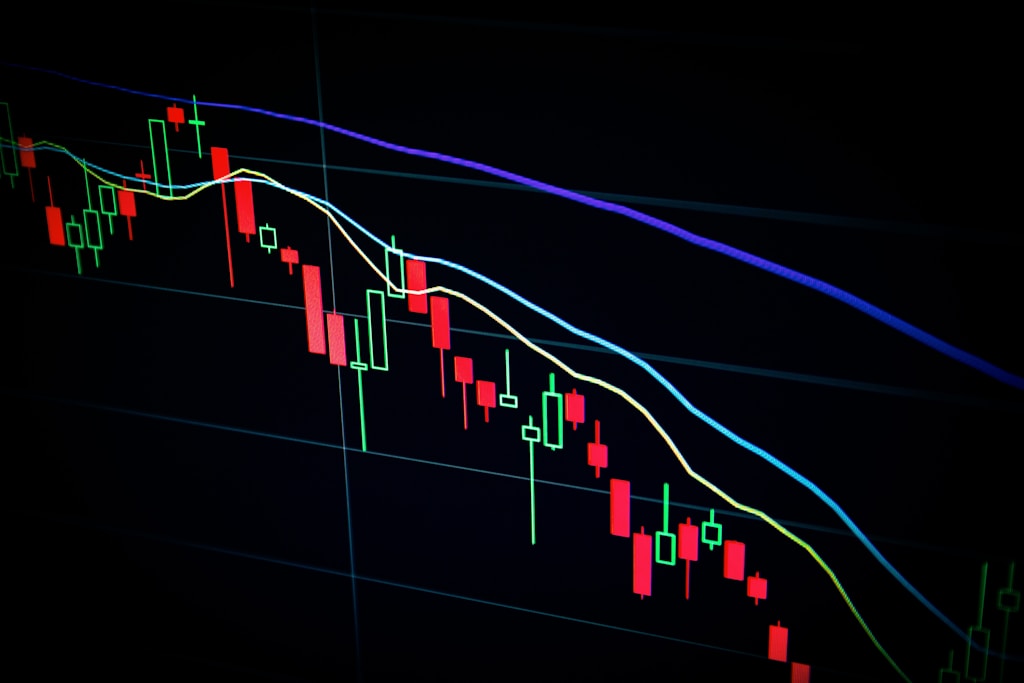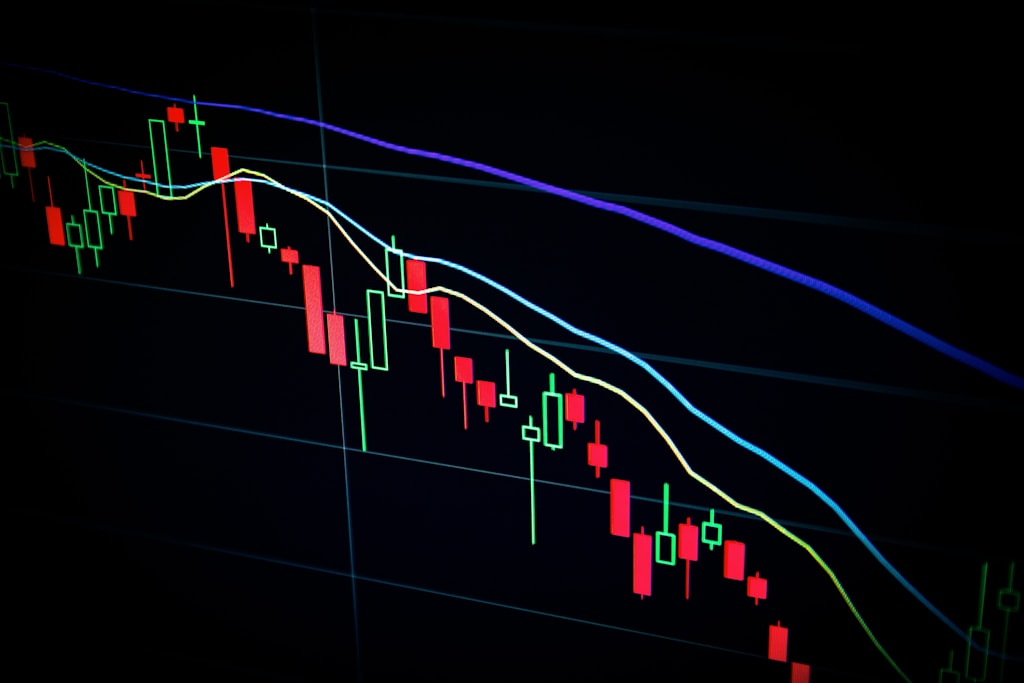The XRP Ledger (XRPL) has achieved a significant regulatory milestone with the launch of EURØP, the first euro-backed stablecoin fully compliant with the EU’s Markets in Crypto Assets (MiCA) regulation. This development marks a crucial step forward in the institutional adoption of blockchain technology in European financial markets.
Key Highlights of the EURØP Stablecoin Launch
- First MiCA-compliant euro stablecoin on XRPL
- Developed by Schuman Financial
- Enables institutional-grade euro payments
- Facilitates real-world asset tokenization
As XRP continues to gain momentum in 2025, this regulatory-compliant stablecoin launch represents a significant advancement for the XRP Ledger ecosystem.
MiCA Compliance and Institutional Impact
The EURØP stablecoin’s compliance with MiCA regulations demonstrates the XRP Ledger’s commitment to regulatory standards. This alignment with EU regulations opens new opportunities for:
- Institutional adoption
- Cross-border payments
- DeFi applications
- Traditional finance integration
Market Implications and Future Outlook
The introduction of EURØP could significantly impact the European crypto market by:
- Providing a regulated bridge between traditional and digital finance
- Enhancing liquidity in euro-denominated crypto pairs
- Supporting the growth of regulated DeFi services
- Facilitating easier institutional adoption of blockchain technology
Frequently Asked Questions
What is MiCA compliance?
MiCA (Markets in Crypto Assets) is the EU’s comprehensive regulatory framework for digital assets, ensuring consumer protection and market stability.
How does EURØP differ from other stablecoins?
EURØP is the first euro stablecoin on the XRP Ledger that fully complies with MiCA regulations, offering institutional-grade security and regulatory clarity.
What impact will this have on XRP adoption?
This development is expected to increase institutional confidence in the XRP Ledger and potentially drive greater adoption of XRP-based solutions in the European market.


